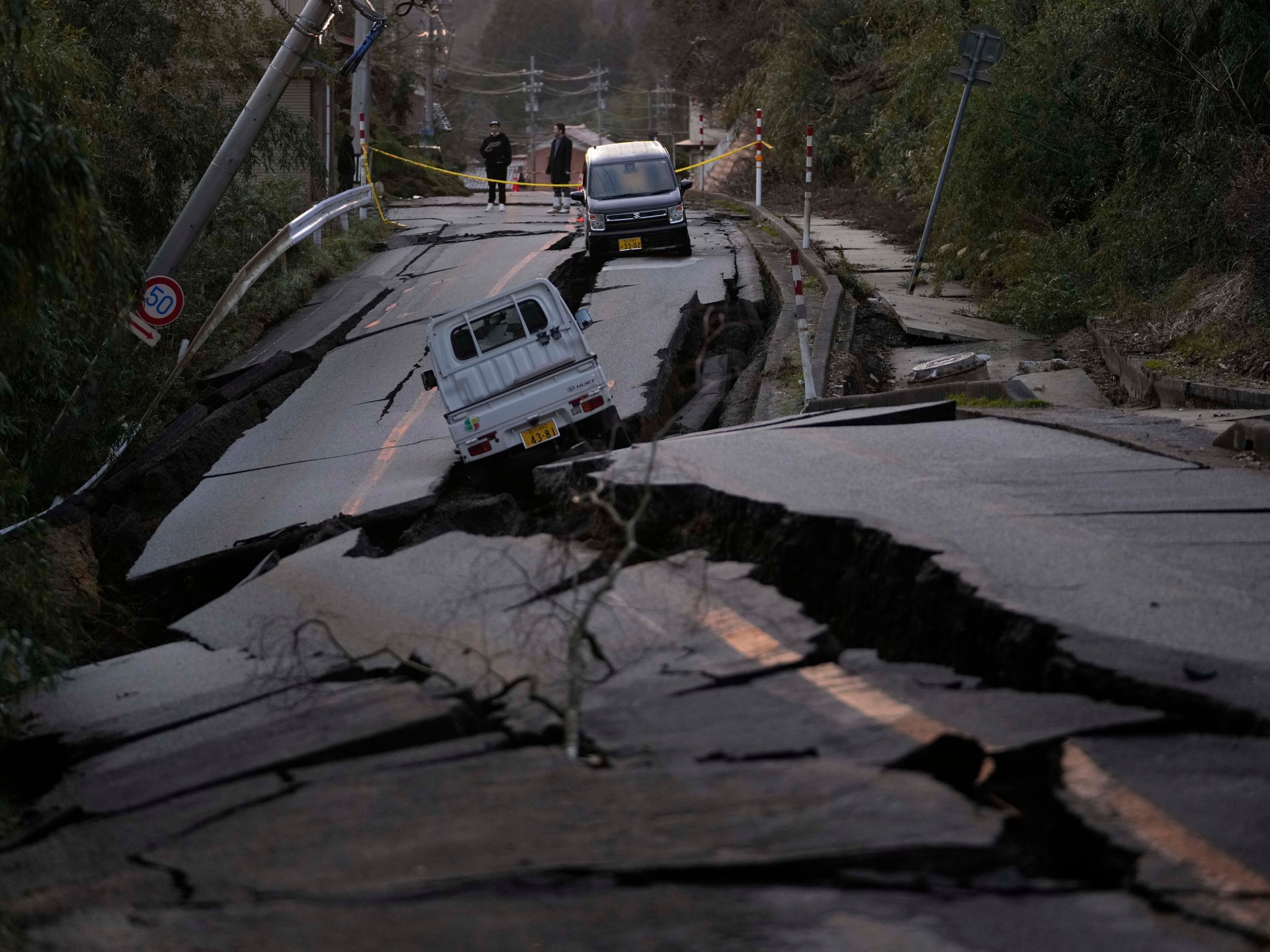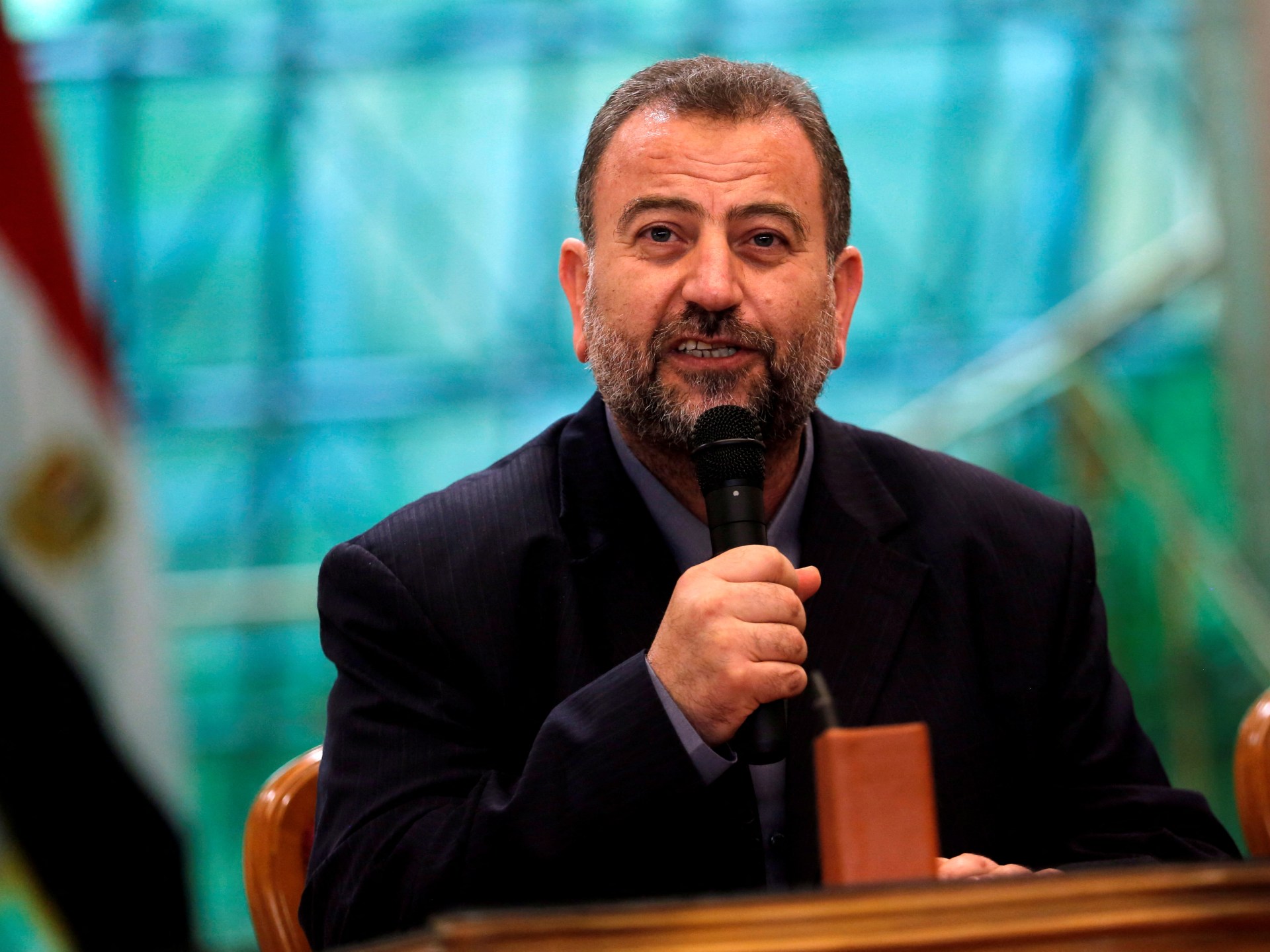“In Yemen, there is wisdom,” goes the medieval Arab saying.
Remember that, if you’re trying to sort out how the Israel-Palestine confrontation in Gaza rattles the Middle East – because ongoing Yemeni attacks against Israel-linked ships in the Red Sea clarify one of the region’s most important political dynamics of recent times.
The rocket and drone attacks on Israeli-owned or -bound ships in recent weeks are a show of support for besieged Palestinians in Gaza by Ansar Allah (Houthis), who control most of northern Yemen. Ansar Allah say they would stop these attacks only when Israel ends its genocidal siege and bombardment of the Palestinian enclave.
These attacks are part of a coordinated military reaction by the three core Arab members of the Iran-led anti-Israel (and anti-West) “Axis of Resistance”, Hezbollah, Hamas and Ansar Allah, to Israel’s latest assault on the Palestinians.
At one point last week, Israel and the United States simultaneously exchanged direct fire with Axis of Resistance forces in both Gaza and the West Bank in Palestine, in Lebanon, Syria, Iraq and also Yemen – which can also be seen as a peculiar low-intensity, indirect military engagement with Iran.
Any assessment of how the region has evolved since October 7, and what likely lies ahead, must acknowledge three critical points relating to the Axis of Resistance’s regional network, military capabilities and trajectory.
The mainstream US media and political elite tend to ignore all three points, which are:
Groups within the axis can coordinate across the region and face Israel as a united front
The widespread fear in the West that this latest Israel-Hamas confrontation would spark a full-fledged regional war between the US-Israel and half a dozen Arab-Iranian forces has not materialised. However, neither has the confrontation remained confined to Gaza – it has sparked the first serious coordinated battlefield action by the Axis of Resistance across the region. This reflects Hezbollah’s talk all year of the “unity of fronts”, ie, Axis members now coordinate and assist one another in battle, or between battles, in times of preparation.
Ansar Allah can challenge Israel/the US militarily to deter or secure concessions from them, just like Hezbollah and Hamas
For decades, Hezbollah and Hamas were the only two Arab powers that faced down Israel militarily, and forced it into ceasefires, prisoner exchanges and other concessions. Ansar Allah’s ongoing drone and missile attacks on Red Sea shipping routes will likely similarly challenge Israel. These attacks may eventually provide the Yemeni group with important leverage against its Western adversaries, especially if, as expected, the US and Israel do not send ground troops into Yemen, but rely solely on air power in their efforts to protect trade routes.
All three leading Arab members of the Axis of Resistance have significantly improved their military capabilities in the past two decades
Hezbollah was the first Axis member to prove its military prowess against Israel. The impasse between the Lebanon-based group and Israel in the 2006 war led to an informal truce based on mutual deterrence. Both parties realised that a fully-fledged war would inflict severe damage to national assets and result in unacceptable numbers of civilian casualties on both sides; they have since confined their confrontations to limited tit-for-tat attacks that result in limited casualties. On October 7, by attacking Israel at an unprecedented scale and then managing to defend its assets to date, Hamas has also proved that it has built significant military prowess. Ansar Allah’s capabilities are also improving – after forcing Saudi Arabia and the United Arab Emirates into ending their war on Yemen, in the past month it attacked at least 100 vessels in the Red Sea with high efficiency. A senior US military official called this a “very significant breadth of attacks” not seen in at least “two generations.”
We cannot yet predict what this means for the future, but this much is clear: Hamas’s new prowess in attacking Israel and defending its own assets brings it close to Hezbollah’s qualitative capabilities; and Ansar Allah’s proven competence in drone and missile attacks against Saudi Arabia, the UAE and Red Sea shipping heightens its military proficiency.
The emerging reality is that the Axis of Resistance that unites Iran with half a dozen big and small Arab non-state, armed actors is growing stronger, and will likely continue to do so if the issues that drive the partnership remain unresolved – especially the Palestine conflict, and Israeli-American aggression, threats or sanctions against Arab parties. Former American diplomat in Yemen Dr Nabeel Khoury, now a senior fellow at the Arab Center Washington, also explained to me in an interview that after the end of the war in Yemen, Ansar Allah now seem ready to act on a regional level.
Yet you would be ignorant of this if your knowledge about the region comes from the mainstream US media. For the American media largely follow the American political elite, and both tend to ignore Middle East realities that do not comply with Western preconceptions of “weak” Arabs who only respond to the use of force by “righteous” Israeli-American armies” – despite the recent events in Palestine, Lebanon, and Yemen that have shattered such racist visions for good.
The increasing power, integration, and influence of the Axis of Resistance rank among the most significant geo-strategic developments in the Middle East in the last half century.
The combination of state-anchored Arab militancy by Hezbollah (Lebanon), Hamas (Palestine) and Ansar Allah (Yemen) alongside Iran’s resistance to American and Israeli provocations are best understood through their common underlying values of “resistance” and “defiance”. The American media and political class, and most of the West, still refuse to see or acknowledge this, because Israel, the US and their Arab allies are the ones being resisted and defied. They prefer to assess developments in the region through their imagined prism of Islamist extremism that is blindly anti-American and anti-Israeli. And they assume they can handle any Middle Eastern challenge through Israeli-American military attacks, sanctions or threats.
Not surprisingly, scholars routinely confirm, the US and Western media mostly report on Gaza through distorted frames, usually reflecting Israeli and US policies. So we should expect them also to report on Yemen and the expanding Axis of Resistance mainly through Western and Israeli fears of growing Iranian influence. This includes the recently taken steps of sending an American armada to the region and creating a 10-country task force to conduct joint patrols in the Red Sea, the Bab al-Mandeb Strait, and the Gulf of Aden, and to provide intelligence. This aims to keep maritime traffic flowing, though top global shippers like Denmark’s AP Moller-Maersk and Germany’s Hapag-Lloyd already diverted their ships to other routes.
Washington is also actively considering military strikes against Ansar Allah, though Axis of Resistance and Yemeni history – in line with their defiance attitude – suggest this would not deter future attacks against ships.
The views expressed in this article are the author’s own and do not necessarily reflect Al Jazeera’s editorial stance.

 Movie
Movie 4 months ago
76
4 months ago
76 






![Presidents Day Weekend Car Sales [2021 Edition] Presidents Day Weekend Car Sales [2021 Edition]](https://www.findthebestcarprice.com/wp-content/uploads/Presidents-Day-Weekend-car-sales.jpg)



 English (United States)
English (United States)